Vision & Strategic Priorities
- Connecting people and communities with the Story of Leicester, using the past to shape the future, unearthing 2,000 years of the city’s rich history and heritage.
- Inclusive museums and collections which reflect and share the lived experiences of our diverse local communities and are co-created with them.
- Taking museums and collections into communities to increase access and widen audiences.
- Creating exceptional and memorable experiences created through capital investment at Leicester Museum & Art Gallery and Jewry Wall: A Real Roman Experience.
- Using Leicester’s global collections to play our part in addressing the climate crisis.
- Supporting the development of the city’s future generations, sparking children and young people’s imagination and curiosity, developing their skills and tackling the inequalities which many of
them face. - Developing the financial sustainability of both paid for and free museums.
Read the complete 'Leicester Museums & Galleries Vision & Strategic Priorities 2025 – 2029' document here:
Our Venues
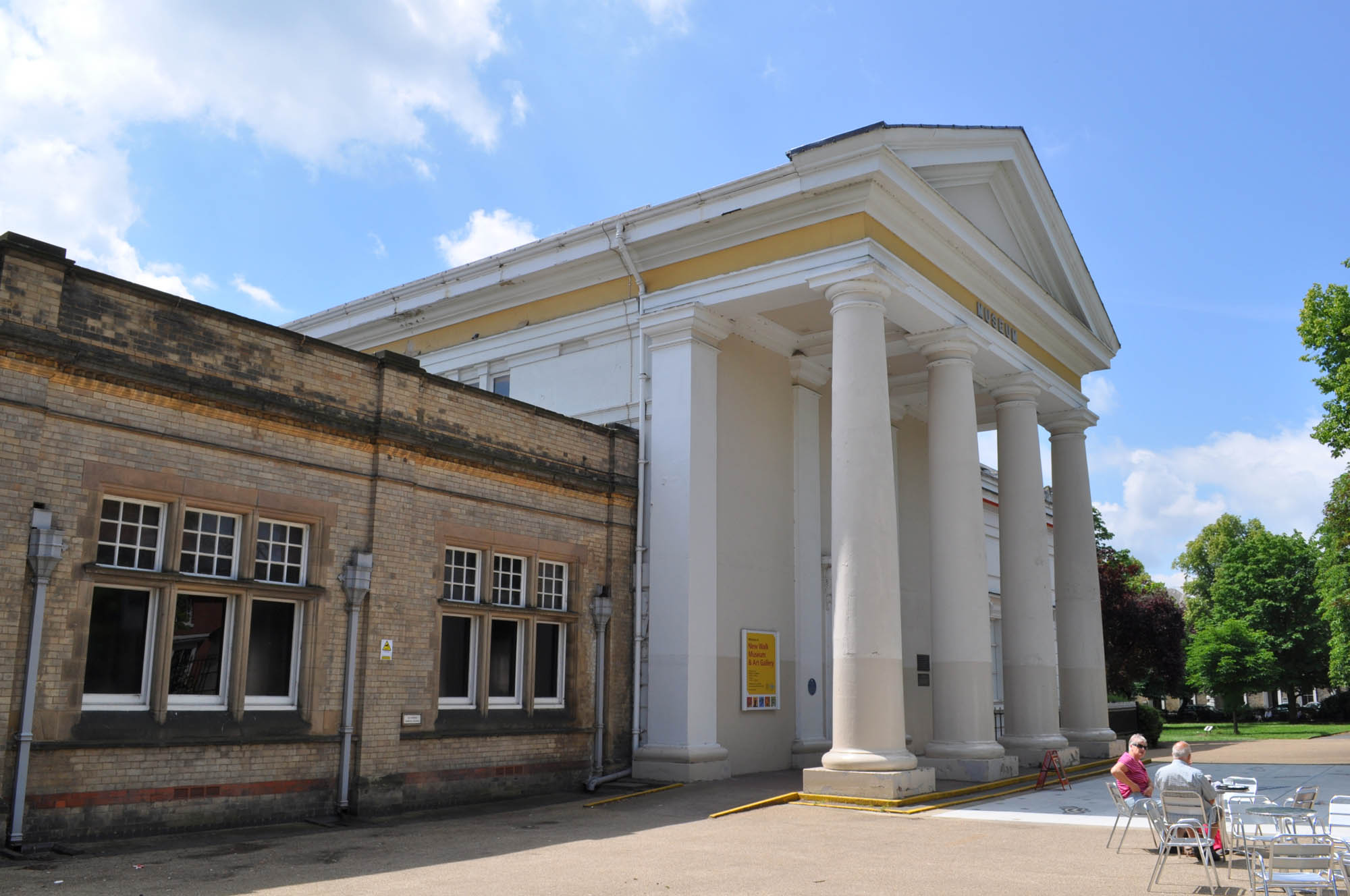
Leicester Museum & Art Gallery
Leicester Museum & Art Gallery
New Walk’s World of Discovery
Free Entry
Leicester Museum & Art Gallery opened in 1849 with 10,000 objects donated by the Leicester Literary and Philosophical Society. The collection of curiosities, artwork, antiquities, fossils, animal, bird and insect specimens offered local people a window into the wider world.
Today, the Museum has 15 galleries and is a popular place for people to meet, with a busy programme of events, lectures and educational visits. The Museum is also available for private hire and as a beautiful setting for wedding ceremonies and celebrations.

The beam engines at Abbey Pumping Station
Abbey Pumping Station
Leicester’s Industrial Museum
Free Entry
Opened in 1891 as the City’s main sewage pumping station, this beautiful Victorian building still houses the 4 massive steam powered beam engines from its original use.
Step through the doors beneath the 150-foot chimney and you will discover how Leicester’s Victorians tacked some of the big issues of the day, including how to keep clean water flowing for the growing City.
Not only for the steam enthusiast, Abbey Pumping Station has exhibits that encourage all the family to get hands-on with science, industry, transport, health and hygiene.
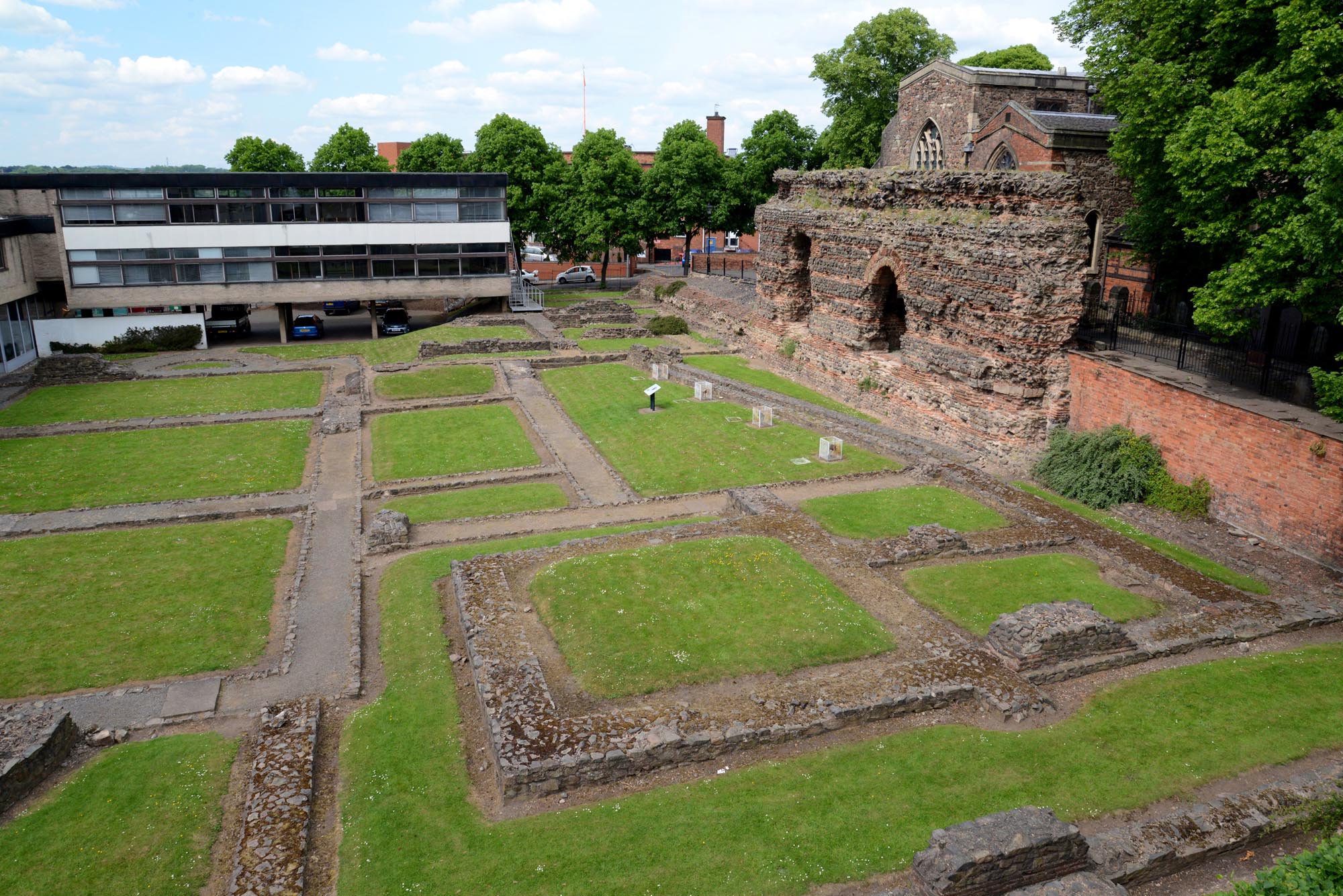
Jewry Wall ruins
Jewry Wall
Roman Centre of Britain
Jewry Wall is currently closed for a major refurbishment. Please visit the Jewry Wall page for the latest updates on this exciting project.
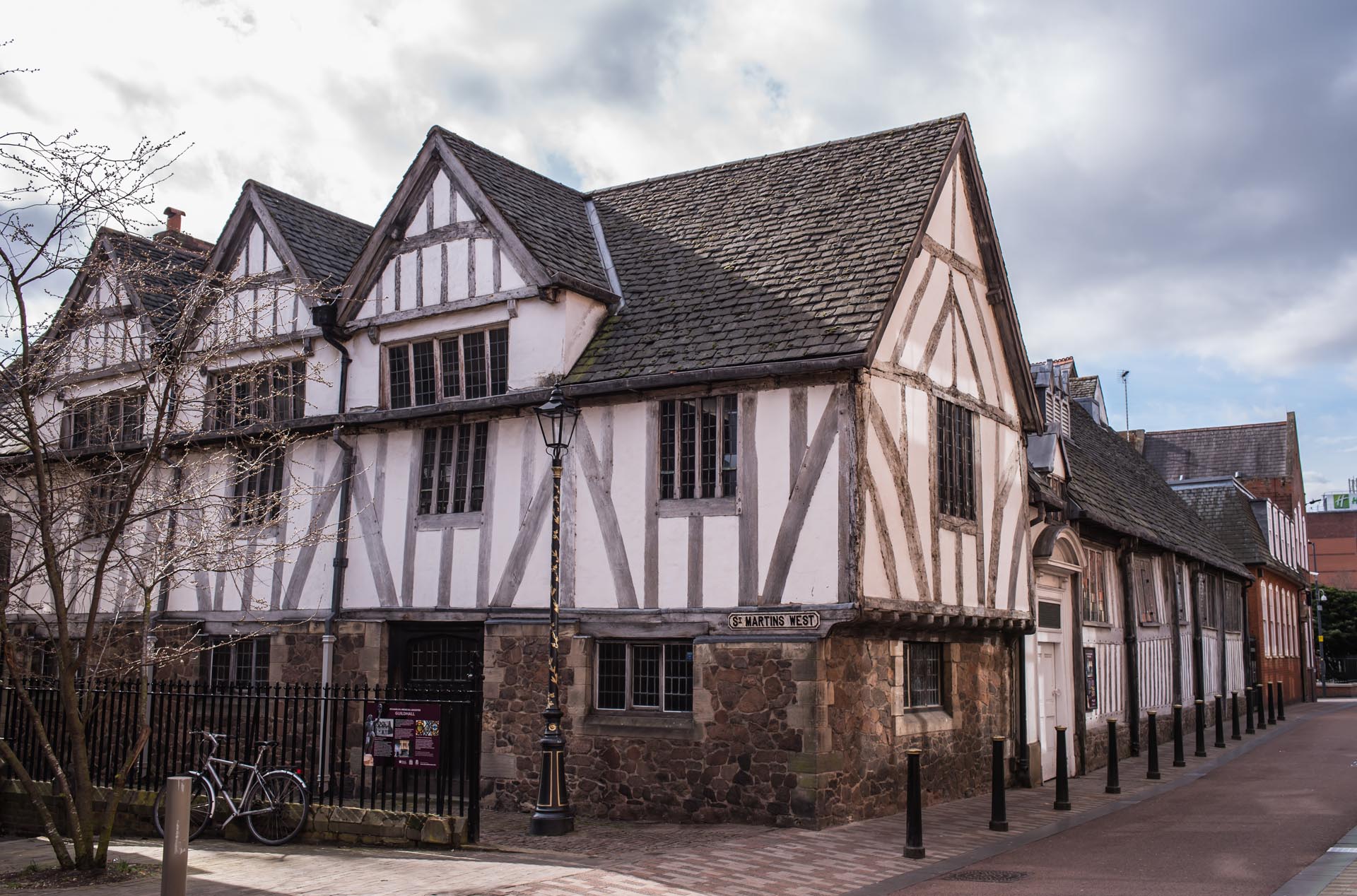
Leicester Guildhall
Leicester Guildhall
Medieval Venue & Museum
Free Entry
Leicester Guildhall dates back to medieval times and would have been a building of importance during the time of Richard III. The Great Hall, built in 1390, was a meeting place for the Guild of Corpus Christi, a select group of influential businessmen and gentry founded in 1343. The emblem of the Guild, the Host and Chalice, is featured in 15th century painted glass window fragments in the Mayor’s Parlour.
Today, Leicester Guildhall thrives as a performance venue, attracting acts from across the country and as the home to the Medieval Leicester galleries. Walk the streets of medieval Leicester and uncover a world both familiar and very different to our own!
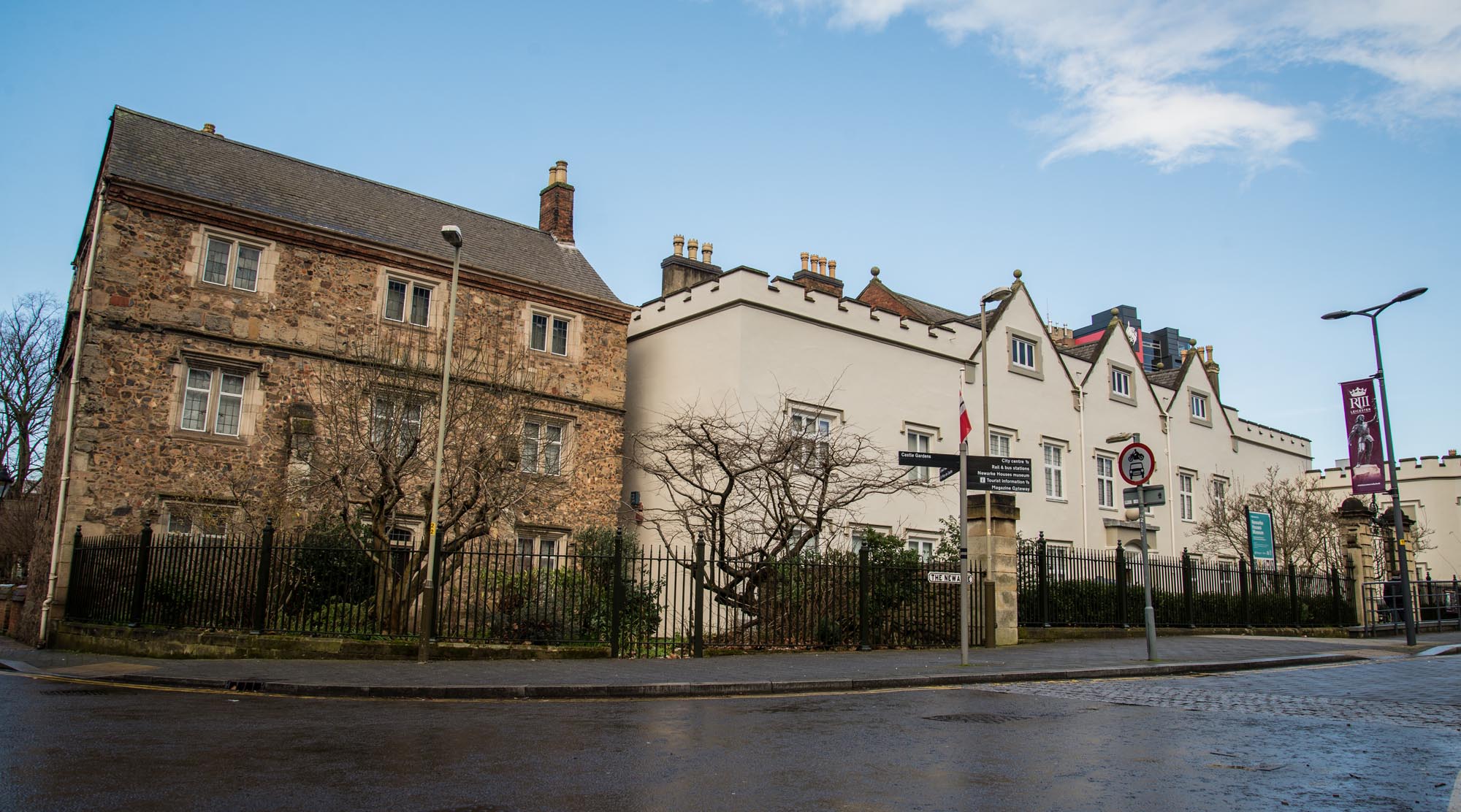
Newarke Houses
Newarke Houses
Social History & Regimental Museum
Free entry
Newarke Houses is made up of two 16th century residences owned by William Wygston and Thomas Skeffington. One of the buildings, Skeffington House, which was built between 1560 and 1583, is the only surviving Elizabethan urban gentry house in Leicestershire.
Since 1953, Newarke Houses has brought together a collection of the things which make up people’s everyday lives. Come to see the collection of toys from the beginning of the 1500s to the present day, a thought-provoking regimental collection and First World War trench, a 1950s street scene with its shops and pub, and hear the stories of people who call Leicester their home.
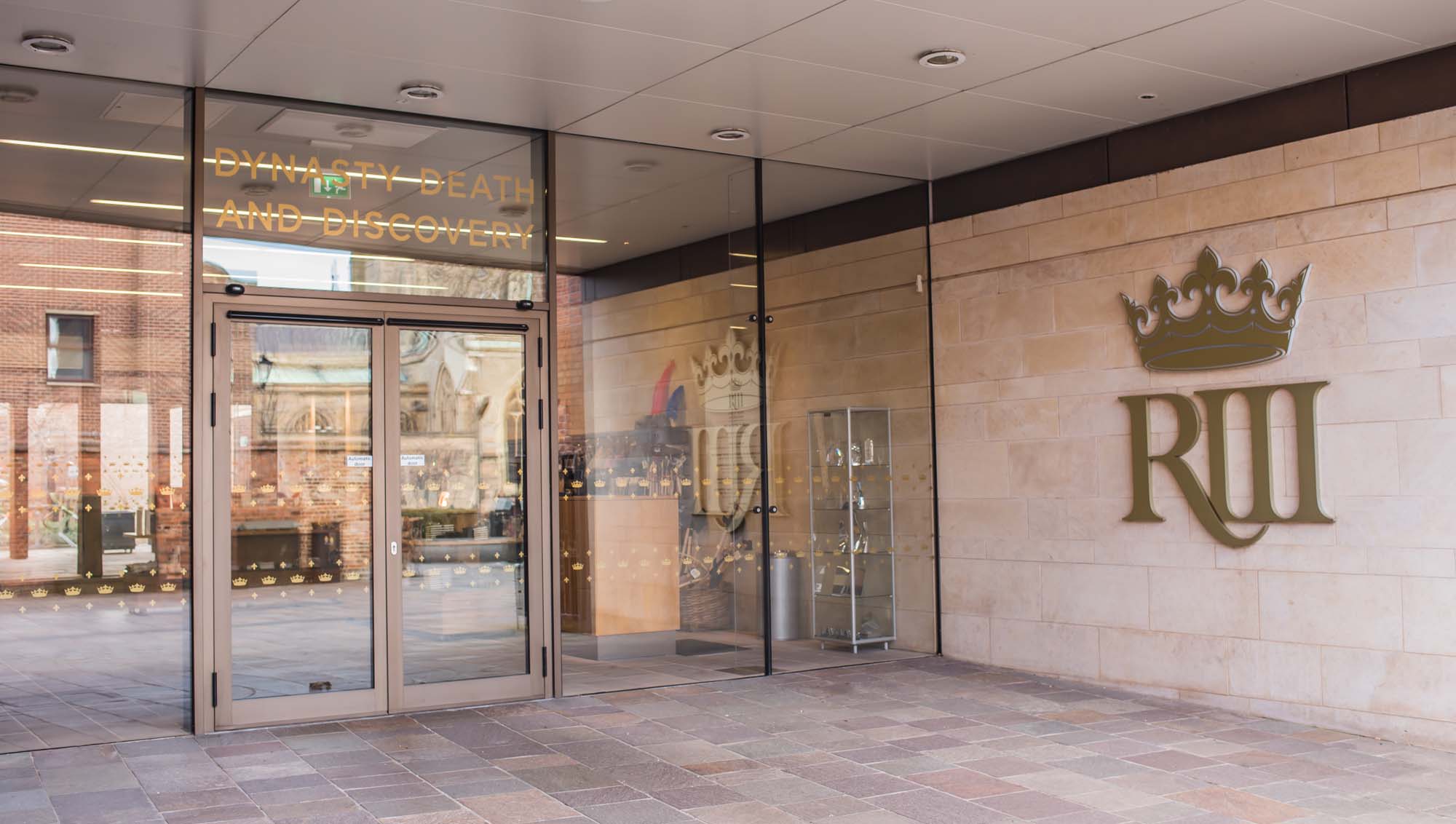
King Richard III Visitor Centre
King Richard III Visitor Centre
Dynasty, Death and Discovery
Paid / ticketed entry
The visitor centre stands on the site of the medieval friary of the Grey Friars, where the King’s remains were buried over 500 years ago.
The exhibition charts the king’s life and death – and explains the events that led to his hasty burial and eventual rediscovery. It reveals one of the greatest archaeological detective stories ever told and features the first-ever genome sequencing of ancient DNA.
Visitors will be able to see the exact place where Richard’s remains were buried over 500 years ago. This poignant place has been transformed into a glass-floored contemplative space.
The centre is a stone's throw away from Leicester Cathedral, which has housed the tomb of King Richard III since a reinternment ceremony in March 2015.
